
停船暂借问 或恐是同乡
Nomads on the Pacific Shores | Rockport: Lost Shorelines, Disappearing Ghost Towns
Players with severe procrastination who dig pits and do not fill them have finally completed the first article in the series! For a preface to this journey, please see the associated works...
Drive north along Highway 1 and you'll enter a hidden corner of California's vast land. Unlike Highway 1 in the south, the Pacific Ocean in the north has a steep coast and bleak winds. It used to have a very Californian start to the story, but now it's a lost stretch of coastline.

Mendocino was one of the first settlements in California for western immigrants. Today's small town, with 707 residents, is a big town on the northern section of Highway 1, with three or five rows of old houses with a New England style. Further north, past Fort Bragg, the end of The Skunk Train, so named for the smell of diesel locomotives. This railway uses the nearby timber to lay the track, and continuously transports the coastal redwoods to the coastal port and the southern bay area.
Today, however, these are all history. The boom in logging in Northern California stemmed from the rapid expansion of the San Francisco metropolitan area during the Gold Rush. In order to meet the ever-increasing housing demand, the redwood forests were cut down in pieces, and after a long transportation, they were turned into neat and comfortable bungalows lined up on the hills of Kinmen. After the 1906 San Francisco earthquake, the need to rebuild the entire city led to an explosive growth in the logging industry. A large number of jobs have spawned a chain of towns from mountain forest farms to seaside harbors, and even Highway 1 itself is a product of this prosperity. Most of the redwood forests have grown for tens to hundreds of years, and it is difficult to regenerate after being cut down. When the concept of environmental protection gradually developed, Redwood National Park and several state parks were finally established in the 1960s, but only 1/10 of the redwood forests in California remained.
In another few decades, forest resources are protected and protected, depleted and depleted, and construction is no longer dependent on wood, and the logging industry has declined. The entire region has also lost its economic backbone. Workers have dispersed, railroads have been abandoned, and ports have returned to beaches, and like many towns in the West, Northern California begins as a fantastical tale of people from all walks of life; and when the drama ends, the hustle and bustle returns to silence.
Going further north from Fort Bragg, the people are even more sparsely populated, with continuous roads, criss-crossing eroded shores, a few rows of wooden houses in the distance, and one with a restaurant sign. On the road far from town, there is occasionally a solitary RV parked, empty and free.
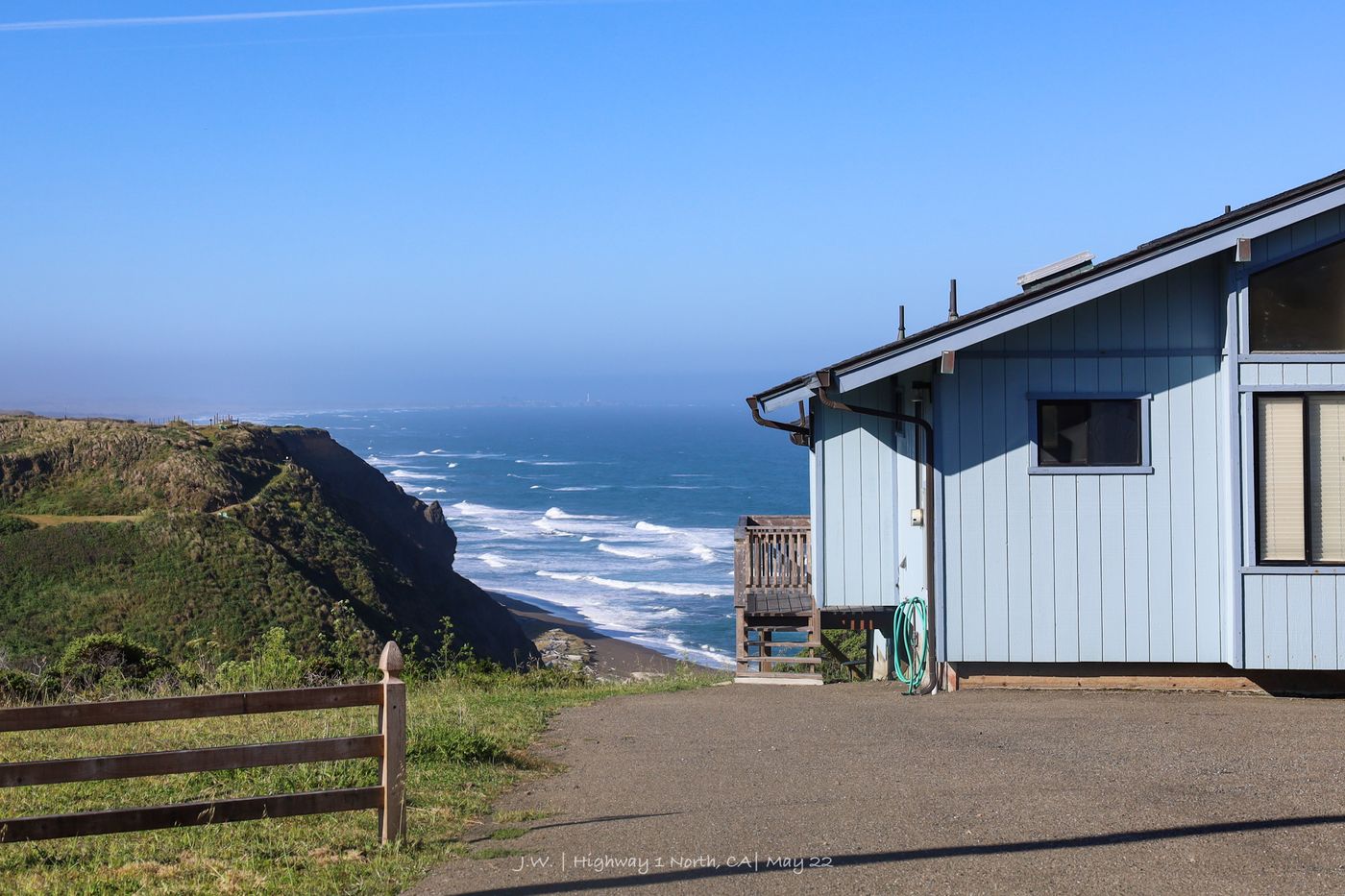

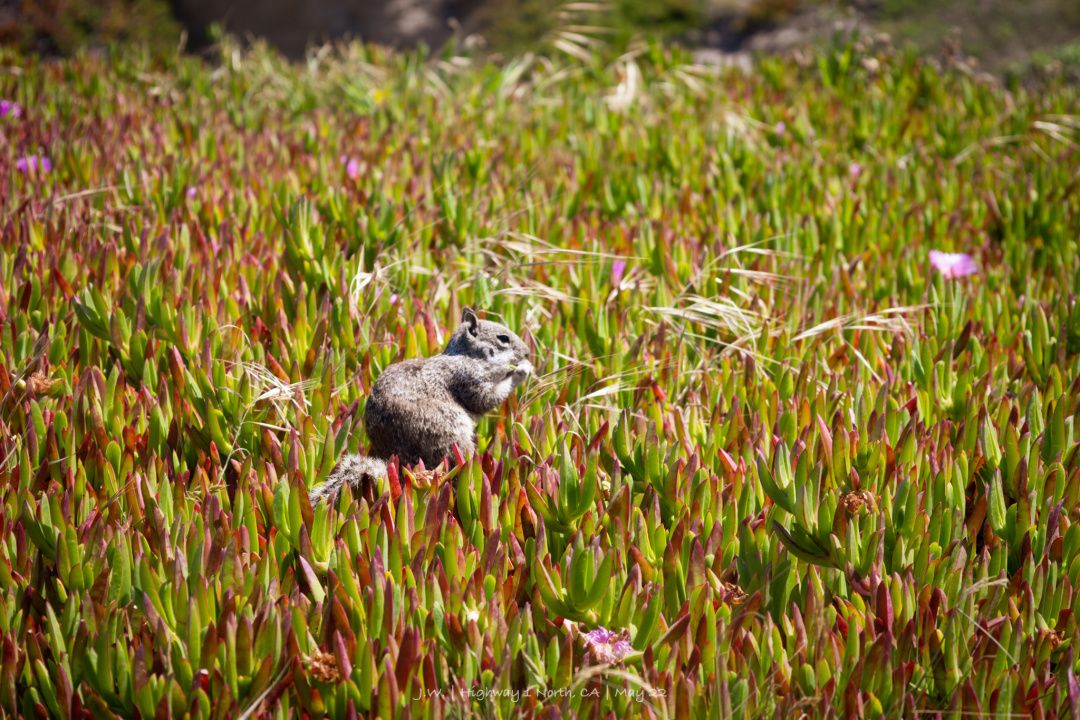
From San Francisco to Astoria, Route 1 and its connection to Oregon Route 101 seem to be magnetically connected to the sea, clinging to the coast of the Pacific Ocean, cutting long tunnels through the steep cliffs. Even if you encounter a vast and uncrossable estuary, you just go up the river valley a little, and after crossing the river at a gentle place, you will turn back to the coastline. This is the case for more than 700 miles of roads, but between Rockport and Eureka, the coastal terrain is the most dangerous. The road tried to repair a section, but finally had to give up, and turned inland and took the other side of the Coast Mountains. Deep redwood forest. The coast that has been bypassed is still unreachable by road and inaccessible, so it is called The Lost Coast.
The only way to explore this area is through the Lost Coast Trail, the famous long walk in the United States (not for the rich with private jets and private boats). Hiking here is not only a long distance and less supplies, but the most difficult thing is to calculate the daily tide time. There are no roads in any sense in many places, but can only be reached by the sandbars exposed when the tide ebbs. If it happens that the tide is rising, the mountains and seas are vast, and the cliffs are followed by the raging waves. Just want to camp and have nowhere to stay.
At this time, I was standing at the bend of the road turning inland, looking at the continuous sea frontier. Today is a rare sunny day on the coast of Northern California, the wind and the waves are howling together, and the mountains in the distance are cascading in front of me. Naturally, I don't have the ability and preparation to hike long distances, and this is the end of my reach.
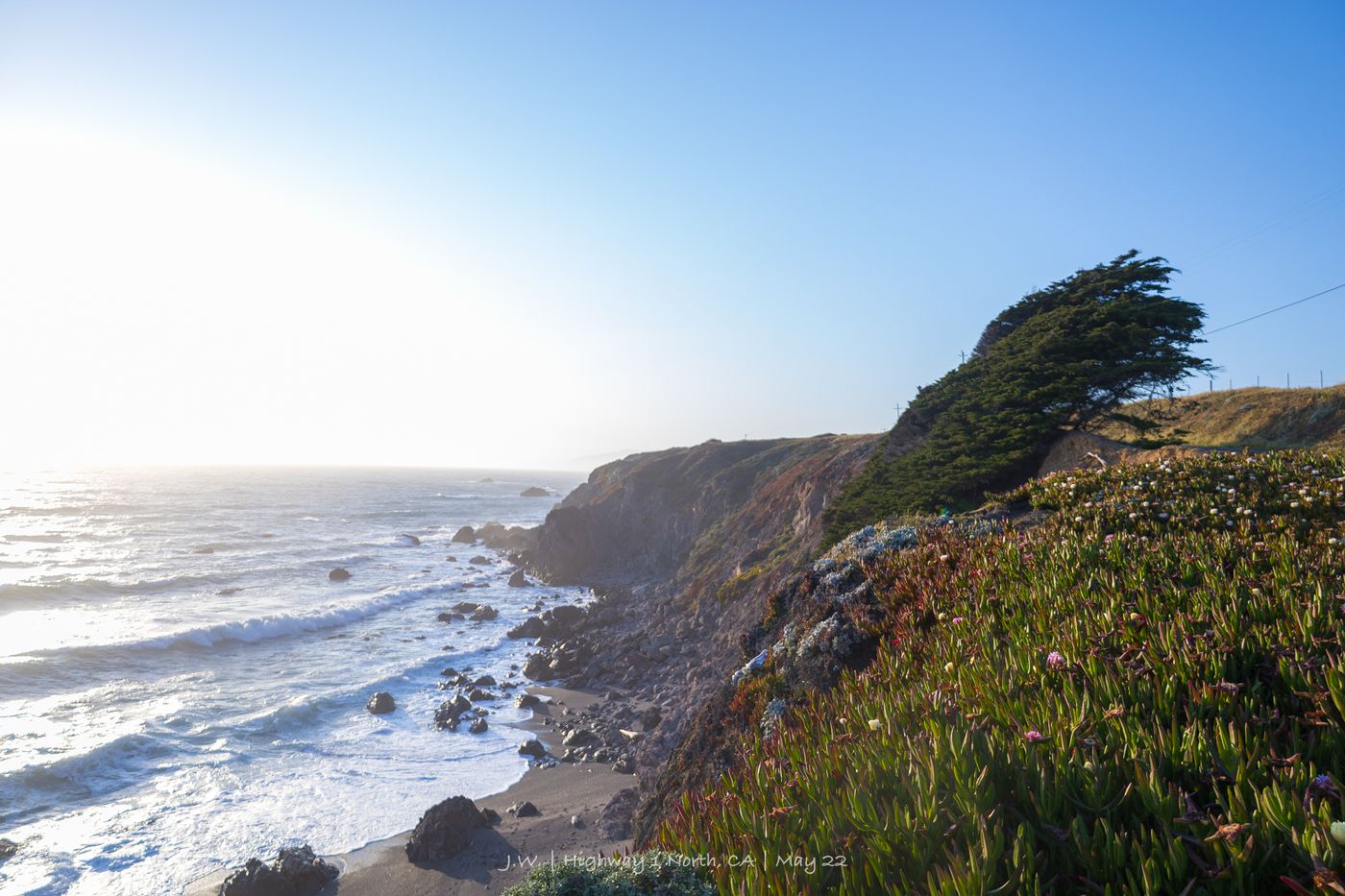


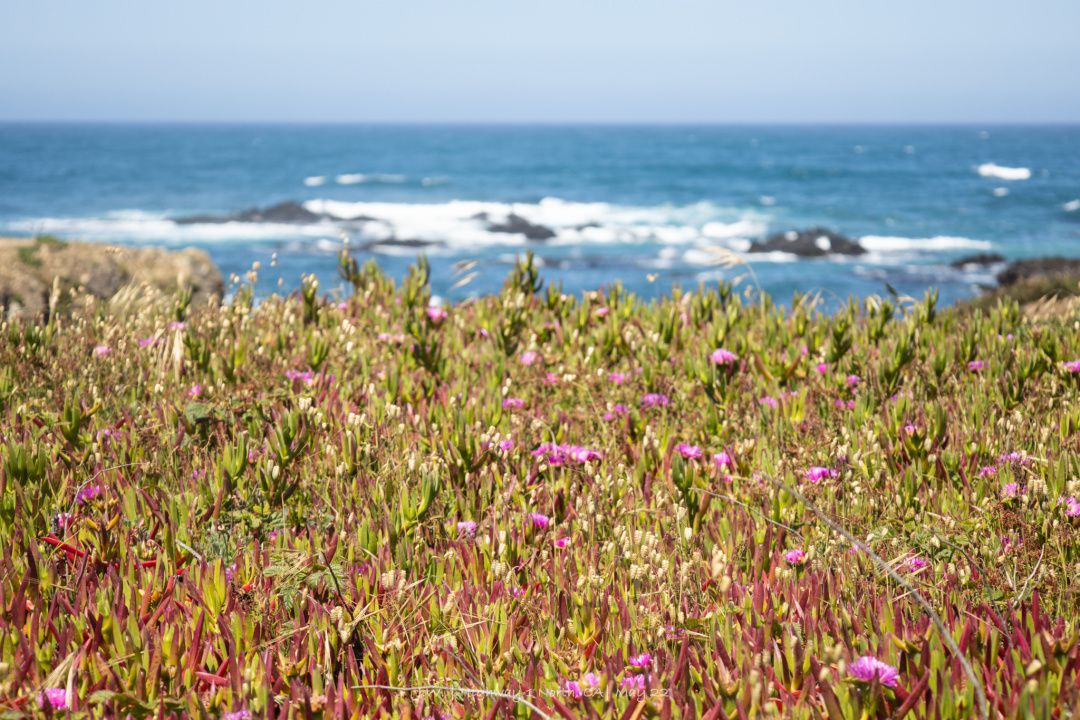

"Oh, the Lost Coast." I don't know when there was an old couple around, I turned around and saw that they had parked the car on the other side of the road, no wonder there was no sound.
"Do you know where Rockport is?" The old gentleman said in a gentle tone that sounded like he was talking to his wife, but it was clearly speaking to me. In fact, this is also my doubt. The side of the mountain marked on the map is already a small town, but there are only endless redwoods as far as the eye can see. There are some small saplings on the nearby hills, presumably secondary forests that have been restored in recent years after excessive logging. "Maybe it was blocked by mahogany," I said.
"No, we're in Rockport right now, because there's no Rockport!" The American way of starting a conversation is always brilliant. What's more, at the age of the old gentleman, the stories are particularly fascinating.
It turns out that Rockport is a small port town. The bay here is deep and gentle, which is convenient for freighters to berth and transfer the redwoods felled in the nearby forest. It was also a settlement with hundreds of people in the days when the timber business was booming. Trucks carry lumber back and forth every day, and roads will be quickly crushed when built, so only dirt roads have been in and out. On the days when the freighter docked, the small bars on the street were crowded with workers and sailors who disembarked and let out the wind, and the trailers transported tree trunks dozens of meters long, covering the town in the milled sawdust and dust.
“When I first came here, logging had been restricted by legislation, Rockport had lost most of its residents, but there was still a main street and an elementary school. People who walked on Route 1 could still Here's where to stay." The old man roughly gestured the location of the old town with his hand, but I only saw the woods that seemed to be copied and pasted, and I couldn't tell exactly where he was referring. Shigang Shigang, it seems that only Shigang has no port.


The lost coastline refers not only to the inaccessibility of transportation, but also to the loss of development momentum. The town was born from the logging industry, so when the logging industry left, the town disappeared completely.
It's been 50 years since the old man doesn't live in California and revisits the lost coastline this time. Humans are always proud of the efficiency of transforming nature, but when people leave, nature returns at the same speed. The exquisite towns embedded on the coastline are now invisible. In the wild forest, there used to be a busy community; the uninhabited bay was the dock where the ocean-going ships berthed. But apart from the fact that the map still stubbornly marks Rockport as a dot, only the older generation who occasionally revisited the old place can still vaguely remember the outline of some stories.
It's more than Rockport, the northern section of Highway 1 that connects dozens of these declining or vanishing towns. Nowadays, when people talk about Northern California, it is basically equivalent to the Bay Area, but in fact, from the map, it only reaches two-thirds of the state area. The vast area that can truly be called "Northern California", the residents living between the coast and the forest, the logging industry has dried up, the shipping industry has shifted, and California's rapid development has become aphasia. The five counties north of the Bay Area and west of the Coast Mountains have experienced negative population growth for many years, and there are not as many residents today as they were in the 1980s. There are lost Rockports everywhere, lost coastlines everywhere.
Of course, there is no industry and there are very few tourists, which makes the travel experience very good. The magnificent harbour and changing sea erosion landforms here are not inferior to the famous southern section of Highway 1.
The old lady, who had only been smiling and nodding, finally spoke up and suggested to find out if there were any traces left by Rockport. So our two cars left the road, turned into mobile weeders, and drove a section through the half-person-height pile of weeds. A smooth passage appeared in the dense forest, and it was a little muddy by the sticky and moist sea breeze. It appears that although the town has returned to the forest, the rangers have been maintaining and using the dirt road.
However, we were finally blocked by a rusted railing and could not go any further.
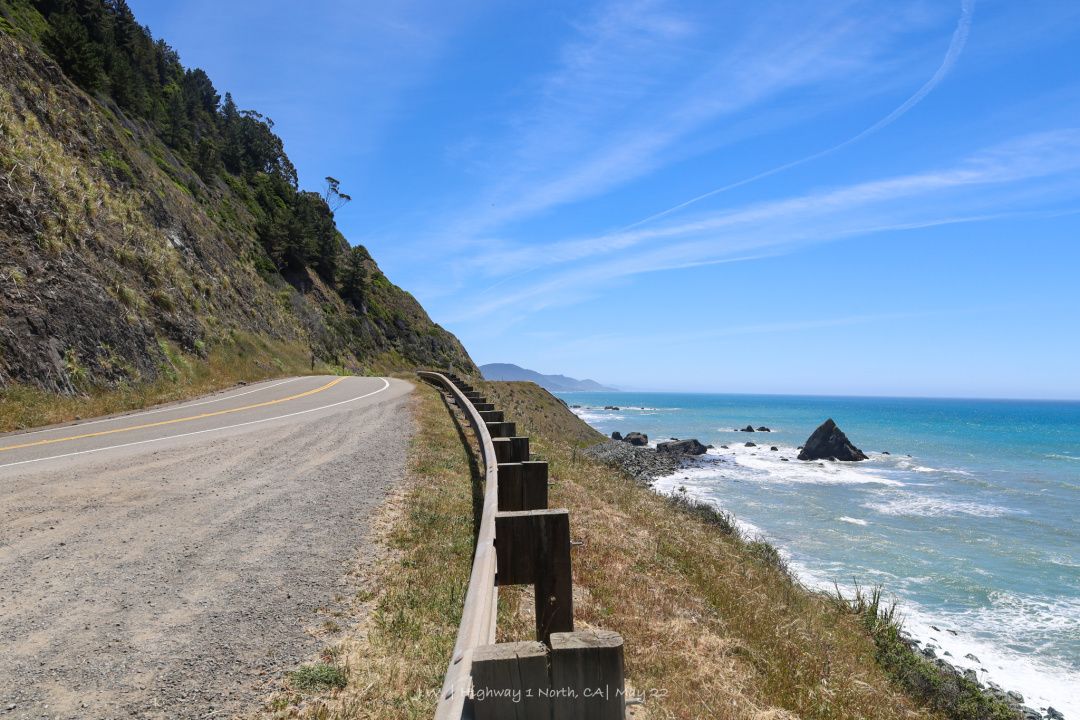


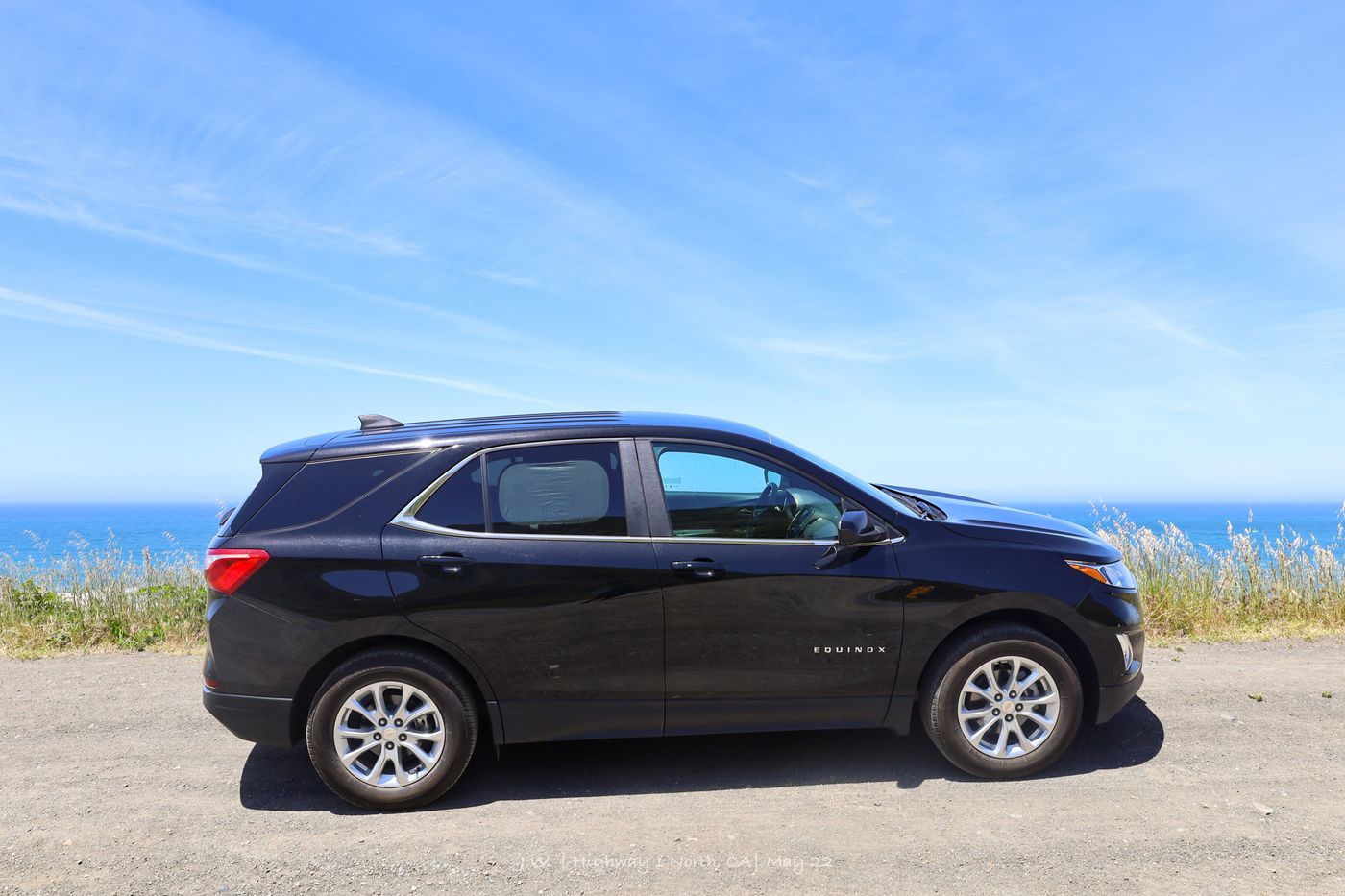
next episode preview
Leaving the lost coastline, you are about to enter the confines of Redwood National Park (National Park 14/63!). It is densely populated by coastal redwoods (Sequoia sempervirens), including the 115-meter-high Hyperion, the tallest known tree on Earth. My car and I slept in a seaside camp and caught a Pacific sunset. The next day, it was the release site of a large forest oxygen bar. I accidentally fell into the stream and got wet until my thighs. I walked back to the parking lot and persuaded four waves of people on the spot.
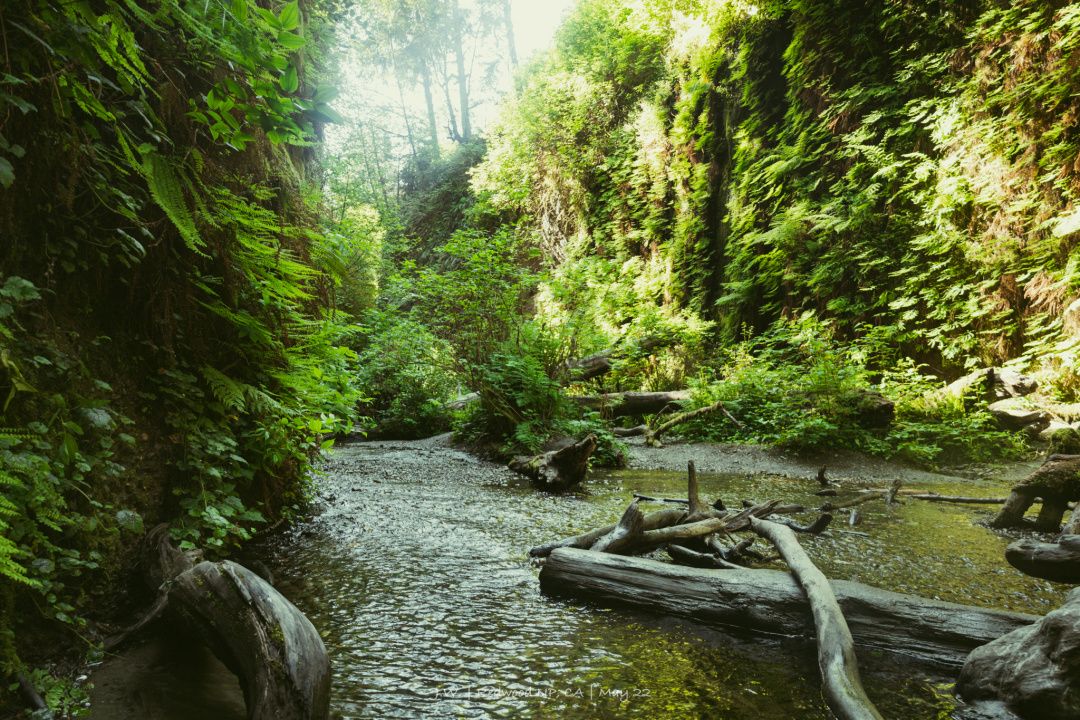
Like my work?
Don't forget to support or like, so I know you are with me..
Comment…